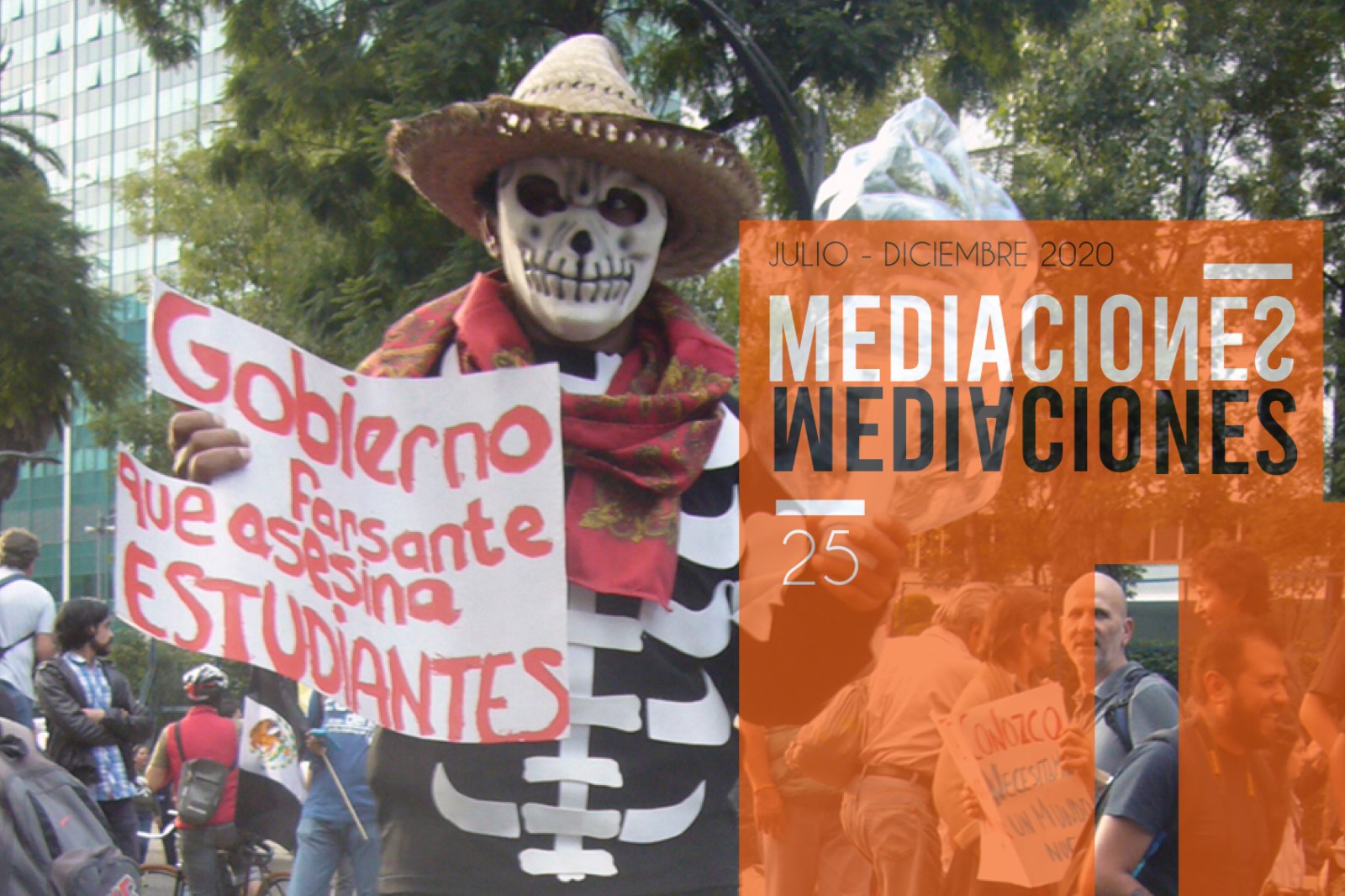Construction of the “moral of the strict father” in the journalistic discourse.
Main Article Content
Abstract
This article, derived from the research: Discurso, espectacularización y “moral del padre estricto”, reflects on the way in which the “strict father morality” is built in the 1916 edition of the magazine Semana, in which the attack is reported terrorist to the General Santander Cadet School. To do this, it reviews and analyzes the discourse of the corpus and identifies metaphors, syntactic constructions, use of emotions and the representation of actors on which the “strict father morality” is built. After the analysis process, it concludes with the identification and reflection on which structures this type of morality, ranging from the representation of Colombia in a state of cases that must be solved with “the heavy hand” of the national government, passing through the suggestion from the lifting of the dialogue table with the ELN, to the moral and sovereign legitimation of authority figures.
Article Details
Section

This work is licensed under a Creative Commons Attribution 4.0 International License.
![]()
Revista MEDIACIONES © 2024 by Corporación Universitaria Minuto de Dios - UNIMINUTO is licensed under the Creative Commons BY.
How to Cite
References
Barreto, I., & Borja, H., & Serrano, Y., & López-López, W. (2009). La legitimación como proceso en la violencia política, medios de comunicación y construcción de culturas de paz. Universitas Psychologica, 8 (3), 737-748.
Camps, V (2011). El Gobierno de las emociones. Barcelona: Herder Editorial.
Cárdenas Ruiz, J. (2015). Los Medios de Comunicación como Actores (Des) Legitimadores, Algunas Reflexiones acerca del rol de los Medios de Comunicación sobre la Construcción de la Opinión Pública en torno al Proceso de Paz de La Habana. Análisis Político, 28(85), 38-56. doi:https://doi.org/10.15446/anpol.v28n85.56245
Correa Jaramillo, M. (2006). Desinformación y propaganda: Estrategias de gestión de la comunicación en el conflicto armado colombiano. Reflexión Política, 8 (15), 94-106.
Forma y Función 18 (2005), páginas 167-196. © Departamento de Lingüística, Facultad de Ciencias Humanas, Universidad Nacional de Colombia, Bogotá, D.C
Fuentes, R (2003). Comunicación y educación en la era telemática: una perspectiva sociocultural. E Aparico, R. (Coord) Comunicación educativa en la sociedad de la información. Madrid: Universidad Nacional de Educación a Distancia.
Goffman, E (2006). Los marcos de la experiencia: Madrid. Alianza Editorial.
Grimson, A (2010). Los límites de la cultura. Crítica de las teorías de la identidad. Buenos Aires: Siglo XXI editores.
Gutiérrez Coba, L. (2007). La prensa como creadora de estereotipos sobre los reinsertados y el proceso de paz en Colombia. Palabra Clave, 10 (2), 11-25.
Lakoff, G (2004). No Pienses en un Elefante. Madrid. Complutente S.A.
Lakoff, G (2008). Puntos de Reflexiòn. Barcelona: Ediciones Península.
Nussbaum, M (2014). Las emociones políticas ¿por qué el amor es importante para la justicia? Barcelona. Espasa libros.
Pardo, N (2016). Estrategias interpretativas para los ECD. En Poder, Discurso y Sociedad, II (pp. 191 - 231). Bogotá: OPR Digital.
Pardo, N (2007). La parálisis cognitiva sumatoria de determinante socioculturales. Bogotá.
Segato, R (2018). Crueldad: pedagogías y contrapedagogías. Recuperado desde /
Sennet, R (2003). El Respeto: Sobre la dignidad del hombre en un mundo de desigualdad. Barcelona: Editorial Anagrama.
Síntesis. Anuario social, político y económico de Colombia. Bogotá, FESCOL, IEPRI, Nueva Sociedad, 2004. pp. 9-30)
Torrico, E (2004). Abordajes y periodos de la teoría de la comunicación. Bogotá: Grupo Editorial Norma.
Van Dijk, T (2016). Estudios críticos del discurso: un enfoque sociocognitivo. Recuperado de http://www.dissoc.org/ediciones/v10n01/DS10%281%29Van%20Dijk.pdf





